Home>Gardening & Outdoor>Landscaping Ideas>When To Plant Zoysia Grass Plugs
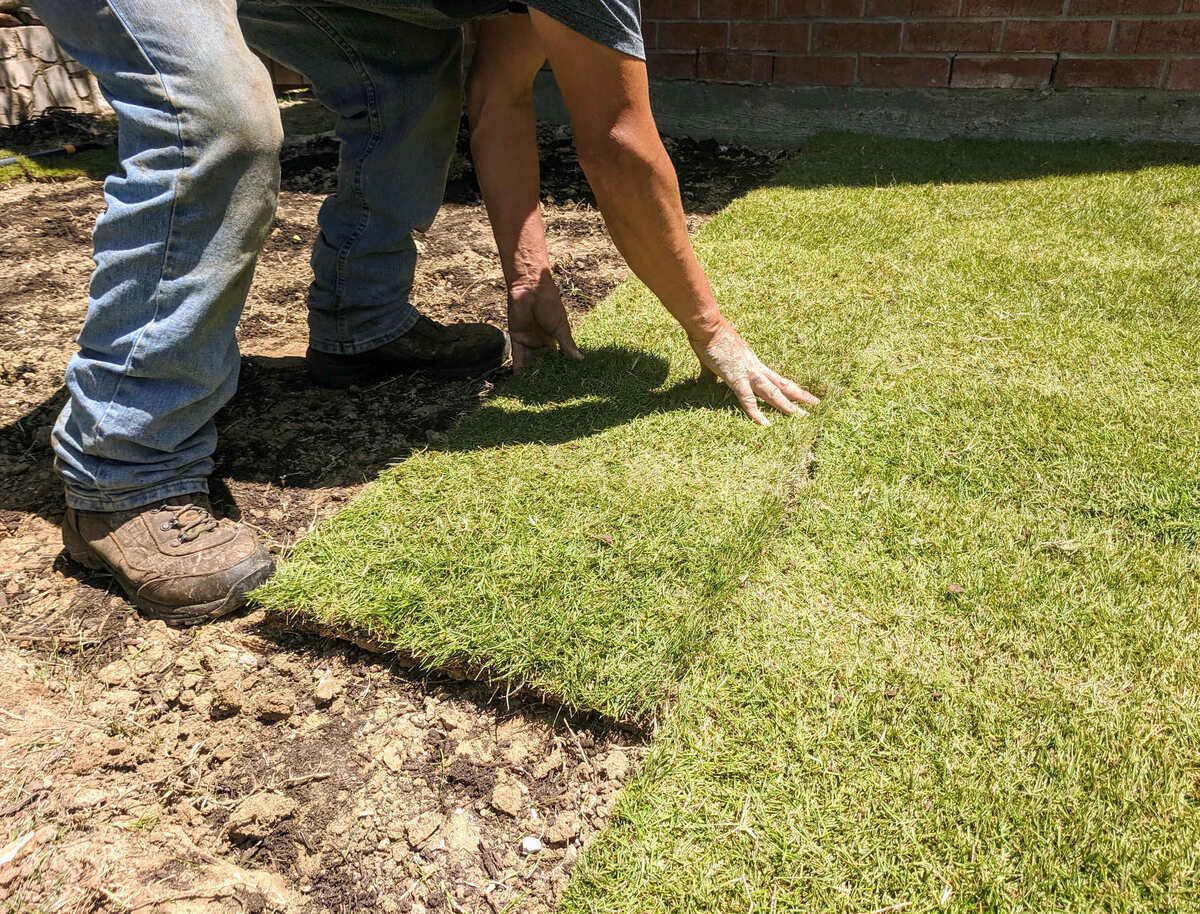

Landscaping Ideas
When To Plant Zoysia Grass Plugs
Modified: March 29, 2024
Discover the best timing for planting Zoysia grass plugs to enhance your landscaping ideas. Learn expert tips for successful establishment and maintenance.
(Many of the links in this article redirect to a specific reviewed product. Your purchase of these products through affiliate links helps to generate commission for Storables.com, at no extra cost. Learn more)
Introduction
So, you've decided to transform your lawn into a lush, vibrant oasis, and you're considering planting Zoysia grass plugs. Congratulations on taking the first step toward achieving a beautiful, resilient lawn! Zoysia grass is a warm-season grass known for its dense, carpet-like growth and exceptional tolerance to heat, drought, and foot traffic. Whether you're a seasoned gardener or a novice enthusiast, planting Zoysia grass plugs can be a rewarding and straightforward process when done at the right time and with proper care.
In this comprehensive guide, we'll delve into the ins and outs of planting Zoysia grass plugs, providing you with the knowledge and confidence to cultivate a thriving lawn. From understanding Zoysia grass plugs to determining the optimal time for planting and caring for your new grass, we've got you covered. So, grab your gardening gloves and let's embark on this exciting journey to a greener, more vibrant lawn with Zoysia grass plugs!
Key Takeaways:
- Plant Zoysia grass plugs in late spring to early summer for optimal growth. Consider soil type, sunlight exposure, and climate before planting. Care for the plugs by watering, fertilizing, and monitoring growth.
- After planting, maintain a consistent watering routine, apply fertilizer, and monitor for pests and diseases. Adjust care practices seasonally and ensure proper mowing and weed control for a lush Zoysia lawn.
Read more: When To Plant Zoysia Grass
Understanding Zoysia Grass Plugs
Zoysia grass plugs are small sections of sod or sprigs that contain both the grass roots and above-ground foliage. These plugs serve as the starting point for establishing a dense and resilient Zoysia lawn. One of the key advantages of using Zoysia grass plugs is their ability to gradually spread and fill in the surrounding area, creating a uniform and visually appealing turf over time.
When properly cared for, Zoysia grass plugs develop a robust root system, enabling them to withstand environmental stressors and maintain their lush green appearance throughout the growing season. This grass variety is well-suited for lawns, golf courses, and other landscaping applications due to its ability to thrive in full sun and partial shade, making it a versatile and popular choice among homeowners and landscaping professionals alike.
It’s important to note that Zoysia grass plugs are available in different varieties, each with its own unique characteristics and growth habits. Some common Zoysia grass cultivars include Emerald Zoysia, Meyer Zoysia, and Zenith Zoysia, each offering distinct attributes such as texture, color, and cold tolerance. By understanding the specific traits of the Zoysia grass variety you choose, you can make informed decisions about its care and maintenance, ultimately contributing to the long-term success of your lawn.
As you embark on your journey to establish a stunning Zoysia lawn, it’s essential to familiarize yourself with the growth patterns, maintenance requirements, and ideal growing conditions for this resilient grass species. By doing so, you can optimize the establishment process and set the stage for a vibrant, enduring lawn that enhances the beauty of your outdoor space.
Factors to Consider Before Planting Zoysia Grass Plugs
Before diving into the process of planting Zoysia grass plugs, it’s crucial to consider several factors that can influence the success of your lawn establishment efforts. By taking the time to assess these key elements, you can make informed decisions and create an optimal environment for your Zoysia grass plugs to thrive.
- Soil Type and pH: Zoysia grass thrives in well-drained soil with a slightly acidic to neutral pH range. Conduct a soil test to determine the pH of your soil and make any necessary amendments to create an ideal growing environment for Zoysia grass.
- Sunlight Exposure: Assess the sunlight exposure in your lawn area. Zoysia grass typically prefers full sun but can tolerate partial shade, making it essential to select a planting location that receives an adequate amount of sunlight for optimal growth.
- Climate and Hardiness Zone: Consider the climate and hardiness zone of your region to ensure that it aligns with the ideal growing conditions for Zoysia grass. Different Zoysia grass cultivars exhibit varying levels of cold tolerance, so selecting a suitable variety for your climate is crucial.
- Watering and Drainage: Evaluate the drainage patterns in your lawn and establish a watering routine that promotes healthy root development. Zoysia grass prefers moderate water levels and benefits from well-drained soil to prevent waterlogging.
- Existing Vegetation and Weed Control: Assess the presence of existing vegetation and weeds in the planting area. It’s essential to prepare the site by removing any unwanted vegetation and implementing effective weed control measures to prevent competition for resources.
- Maintenance Commitment: Consider the level of maintenance you are willing to commit to caring for your Zoysia lawn. While Zoysia grass is known for its resilience, regular mowing, fertilization, and weed control are essential for promoting a healthy and visually appealing lawn.
By carefully evaluating these factors and addressing any potential challenges proactively, you can set the stage for a successful and enduring Zoysia lawn. Taking the time to prepare and plan for the specific needs of Zoysia grass plugs can significantly impact the long-term health and beauty of your lawn, ultimately enhancing your outdoor living space for years to come.
Plant Zoysia grass plugs in late spring or early summer when the soil temperature is consistently above 60°F. This will give the plugs the best chance to establish and thrive.
Optimal Time for Planting Zoysia Grass Plugs
Timing plays a pivotal role in the successful establishment of Zoysia grass plugs, as it directly impacts the ability of the plugs to develop strong roots and thrive in their new environment. Understanding the optimal time for planting Zoysia grass plugs is essential for maximizing their growth potential and ensuring a healthy, vibrant lawn.
As a warm-season grass, Zoysia thrives in temperatures ranging from 80 to 95 degrees Fahrenheit, making late spring to early summer the ideal window for planting Zoysia grass plugs in most regions. This timeframe allows the plugs to take advantage of the warm soil and ample sunlight, promoting rapid root development and vigorous growth during the active growing season.
Before planting Zoysia grass plugs, it’s important to consider the local climate and frost dates in your area. Wait until the threat of frost has passed, and the soil temperature consistently reaches 70 degrees Fahrenheit or higher. Planting Zoysia grass plugs during these favorable conditions provides the plugs with the best opportunity to establish themselves and proliferate, ultimately resulting in a lush and resilient lawn.
While late spring to early summer is the primary window for planting Zoysia grass plugs, it’s important to note that regions with milder winters and longer growing seasons may offer flexibility in the planting timeframe. In such areas, planting Zoysia grass plugs can also be successful during the early fall, allowing the plugs to establish strong roots before the onset of winter dormancy.
Regardless of the specific planting window in your region, it’s crucial to monitor environmental conditions and soil temperatures to ensure that they align with the optimal requirements for Zoysia grass establishment. By timing the planting process strategically, you can provide your Zoysia grass plugs with the best possible start, setting the stage for a vibrant and enduring lawn that enhances the beauty of your outdoor space.
Steps for Planting Zoysia Grass Plugs
Embarking on the journey to plant Zoysia grass plugs requires careful preparation and attention to detail to ensure the successful establishment of a lush and resilient lawn. By following a systematic approach and implementing best practices, you can create an optimal environment for the plugs to take root and thrive. Here are the essential steps for planting Zoysia grass plugs:
- Prepare the Planting Area: Begin by clearing the planting area of any existing vegetation, debris, and weeds. Ensure that the soil is well-drained and free of compaction to promote healthy root development.
- Conduct a Soil Test: Perform a soil test to assess the pH level and nutrient content of the soil. Based on the test results, make any necessary amendments to create an ideal growing environment for Zoysia grass.
- Obtain Zoysia Grass Plugs: Acquire high-quality Zoysia grass plugs from a reputable source or nursery. Ensure that the plugs are healthy, free of disease, and well-suited to the specific growing conditions in your region.
- Measure and Plan Spacing: Determine the desired spacing between Zoysia grass plugs based on the recommended guidelines for the specific variety you are planting. Mark the planting locations to ensure even coverage and uniform growth.
- Plant the Zoysia Grass Plugs: Using a hand trowel or plugger tool, create holes in the soil at the predetermined spacing. Carefully insert the Zoysia grass plugs into the prepared holes, ensuring that the roots are fully in contact with the soil and the plugs are level with the ground surface.
- Water Thoroughly: After planting the Zoysia grass plugs, thoroughly water the entire planting area to settle the soil and provide essential moisture for the plugs to initiate root growth. Monitor the soil moisture levels in the following weeks to ensure consistent hydration.
- Implement Care and Maintenance: Establish a regular watering schedule to keep the soil moist but not waterlogged during the initial establishment period. Additionally, apply a balanced fertilizer according to the recommended guidelines to promote healthy growth and root development.
- Monitor Growth and Fill-In: Keep a close eye on the progress of the Zoysia grass plugs as they begin to establish and spread. Over time, the plugs will fill in the surrounding area, creating a dense and uniform turf that enhances the visual appeal of your lawn.
By diligently following these steps and providing attentive care to your newly planted Zoysia grass plugs, you can lay the groundwork for a thriving and resilient lawn that brings beauty and enjoyment to your outdoor space. With patience and dedication, your efforts will be rewarded with a lush and enduring Zoysia lawn that serves as a testament to your commitment to creating a vibrant outdoor environment.
Read more: When To Plant Zoysia Grass Sod
Caring for Zoysia Grass Plugs After Planting
Once you’ve successfully planted Zoysia grass plugs and initiated the establishment process, it’s essential to provide ongoing care and maintenance to support their growth and ensure the development of a healthy, vibrant lawn. By implementing proper care practices and addressing the specific needs of Zoysia grass plugs, you can foster robust root development and lush foliage, ultimately creating a stunning outdoor environment. Here are the key aspects of caring for Zoysia grass plugs after planting:
- Watering Routine: Establish a consistent watering routine to provide adequate moisture for the newly planted Zoysia grass plugs. During the initial establishment phase, water the plugs deeply but infrequently to encourage deep root growth. As the plugs develop, gradually transition to a regular watering schedule that maintains moderate soil moisture levels.
- Fertilization: Apply a balanced, slow-release fertilizer to the Zoysia grass plugs approximately six weeks after planting. Follow the recommended application rates and timing to supply essential nutrients that promote healthy growth and help the plugs establish a strong root system.
- Mowing Practices: Once the Zoysia grass plugs have filled in and reached a sufficient height, begin mowing the lawn to maintain an optimal turf height. Adjust the mower height to ensure that only a third of the grass blade is removed with each mowing, promoting dense growth and a well-manicured appearance.
- Weed Control: Monitor the planting area for any signs of weeds and implement effective weed control measures to prevent weed competition and maintain the integrity of the Zoysia lawn. Consider using pre-emergent herbicides to prevent weed seeds from germinating and encroaching on the established plugs.
- Monitoring for Pests and Diseases: Keep a vigilant eye on the Zoysia grass plugs for signs of pest infestations or disease symptoms. Promptly address any issues by employing targeted pest control methods or disease management strategies to safeguard the health and vitality of the lawn.
- Overseeding and Thinning: As the Zoysia grass plugs continue to spread and fill in the lawn area, assess the density of the turf. Consider overseeding any sparse areas with additional Zoysia grass plugs to promote uniform coverage and address any thinning that may occur over time.
- Seasonal Adjustments: Adapt your care practices to align with seasonal changes and the specific growth patterns of Zoysia grass. During periods of dormancy, reduce watering and mowing frequency while maintaining a focus on overall lawn health to prepare for the upcoming growing season.
By prioritizing these care practices and tending to the unique needs of Zoysia grass plugs, you can nurture the development of a vibrant and resilient lawn that enhances the beauty of your outdoor space. With regular attention and a proactive approach to lawn care, your Zoysia grass plugs will flourish, creating a welcoming and visually appealing environment for relaxation and enjoyment.
Frequently Asked Questions about When To Plant Zoysia Grass Plugs
Was this page helpful?
At Storables.com, we guarantee accurate and reliable information. Our content, validated by Expert Board Contributors, is crafted following stringent Editorial Policies. We're committed to providing you with well-researched, expert-backed insights for all your informational needs.
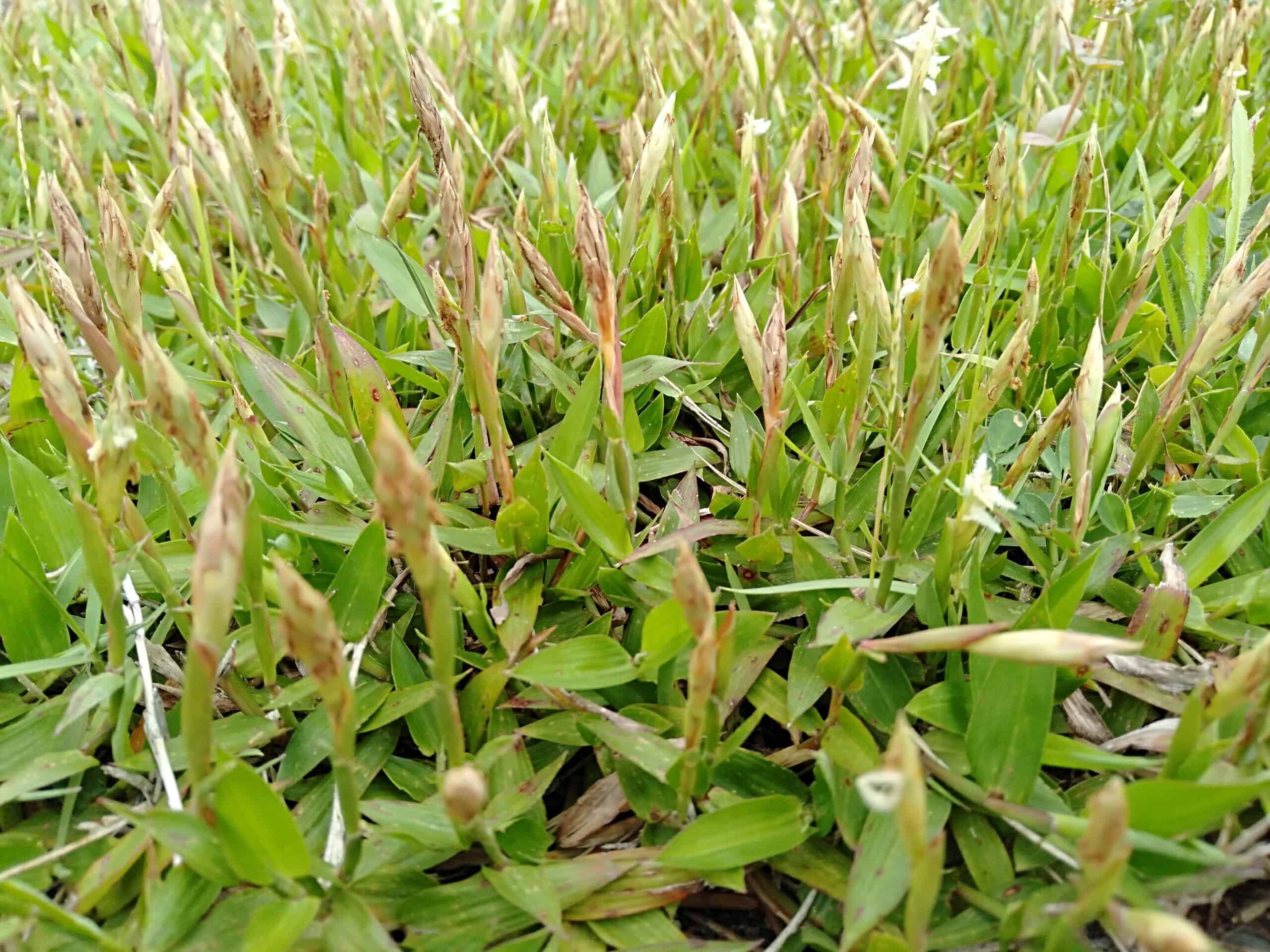
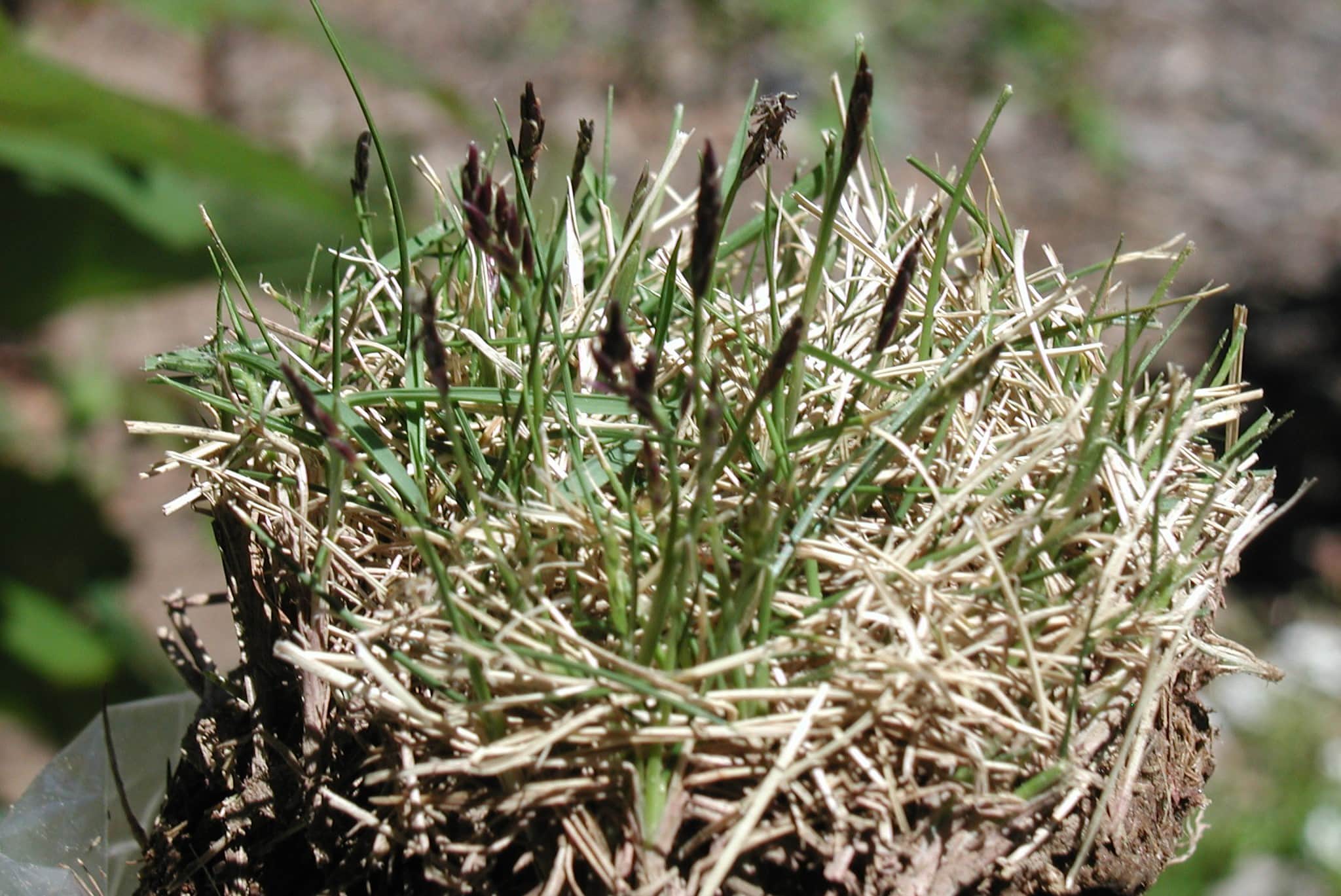
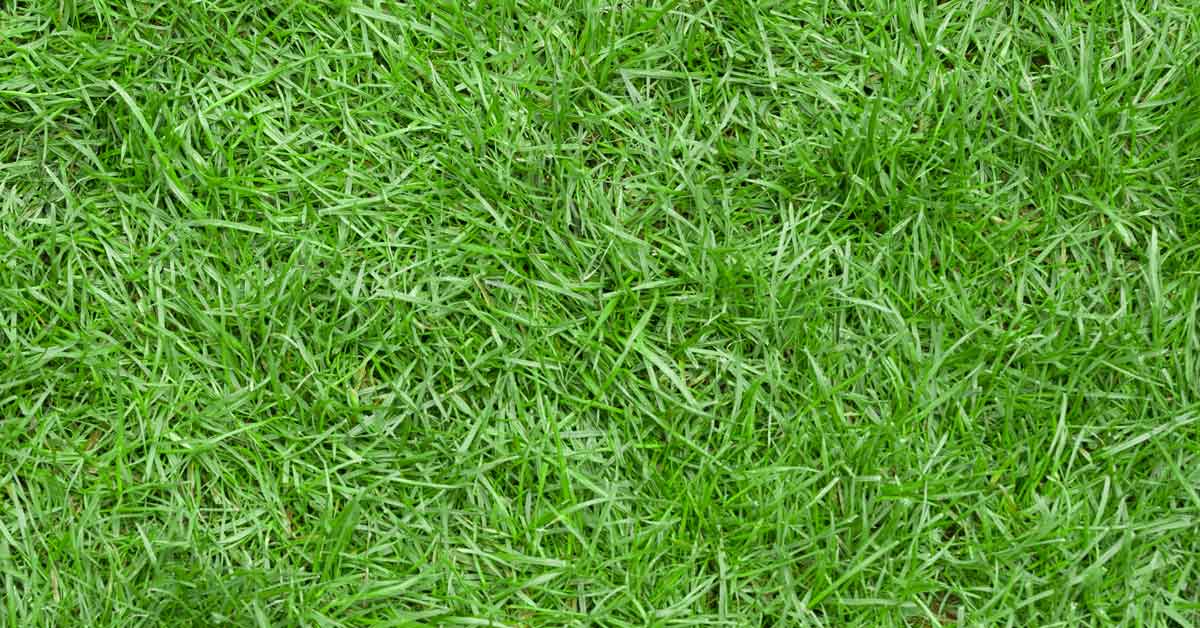
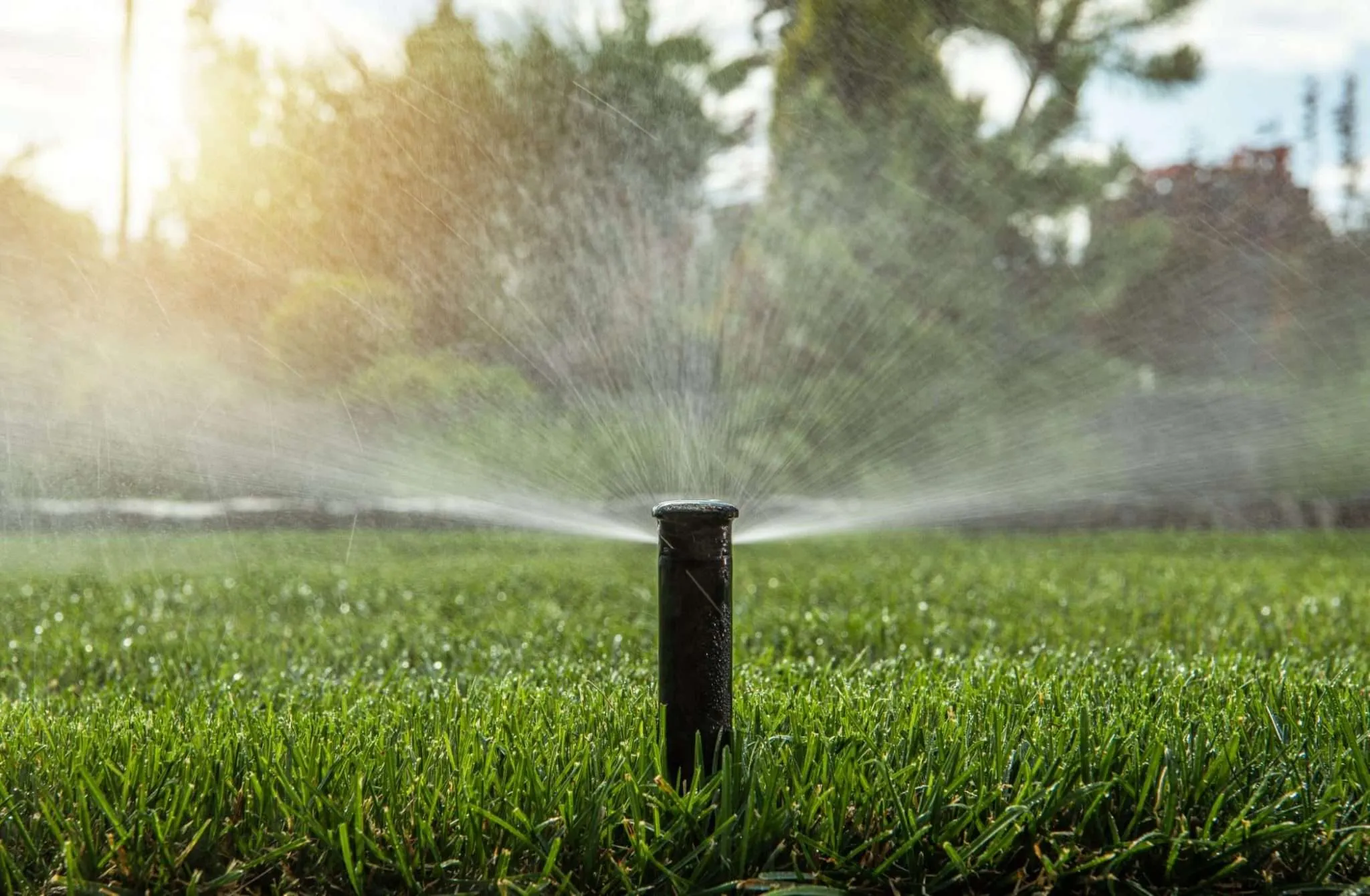
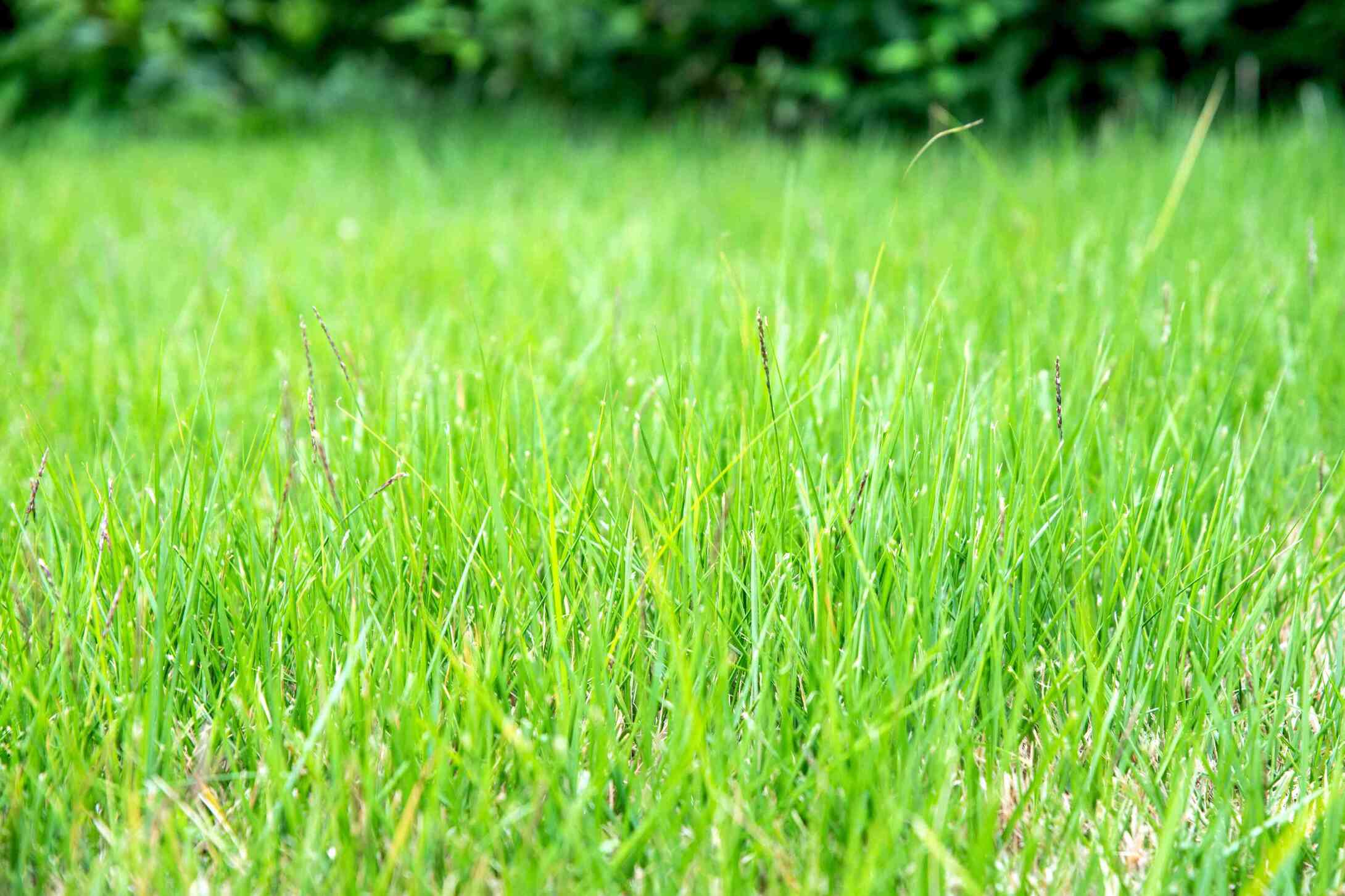
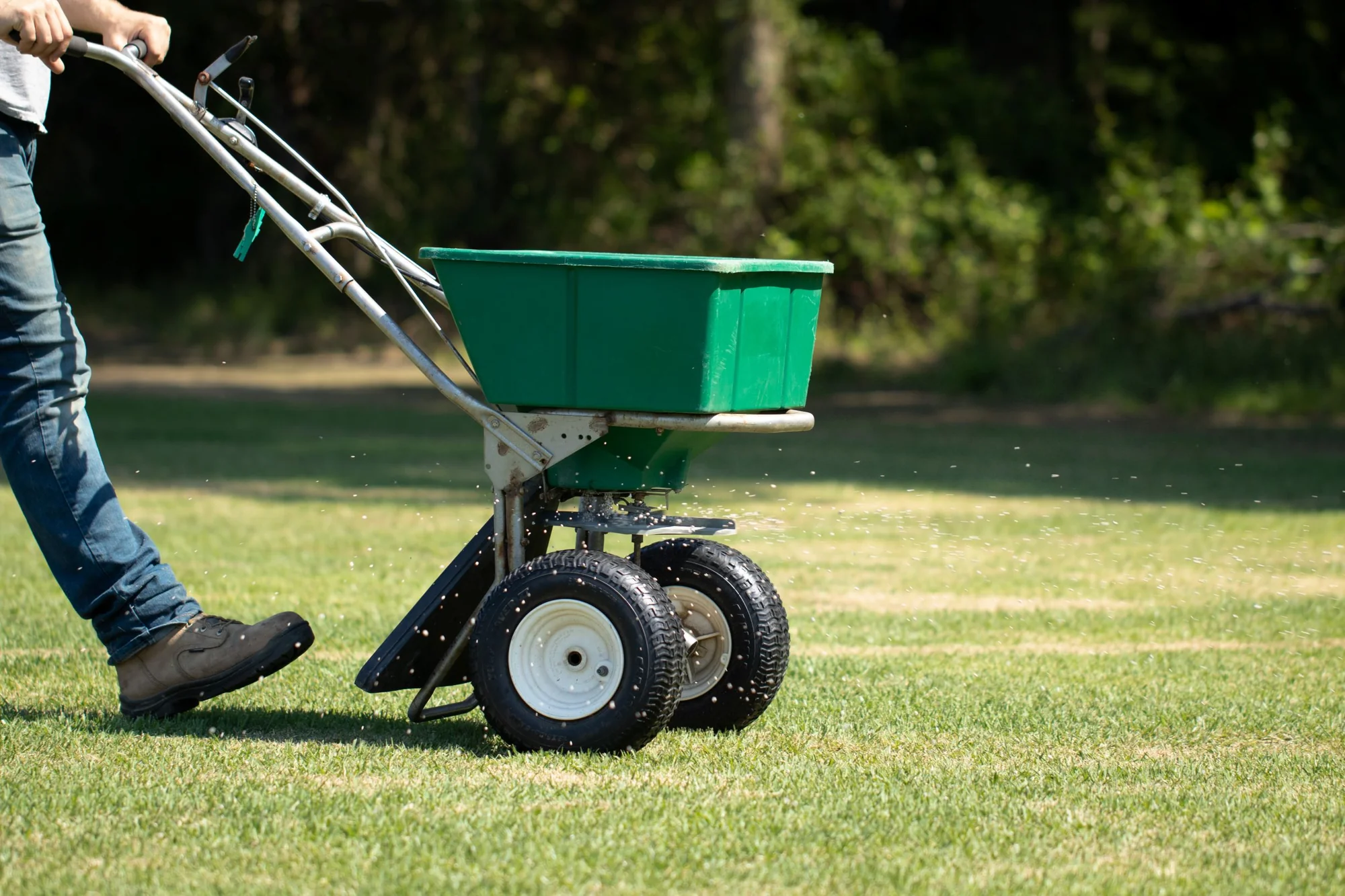

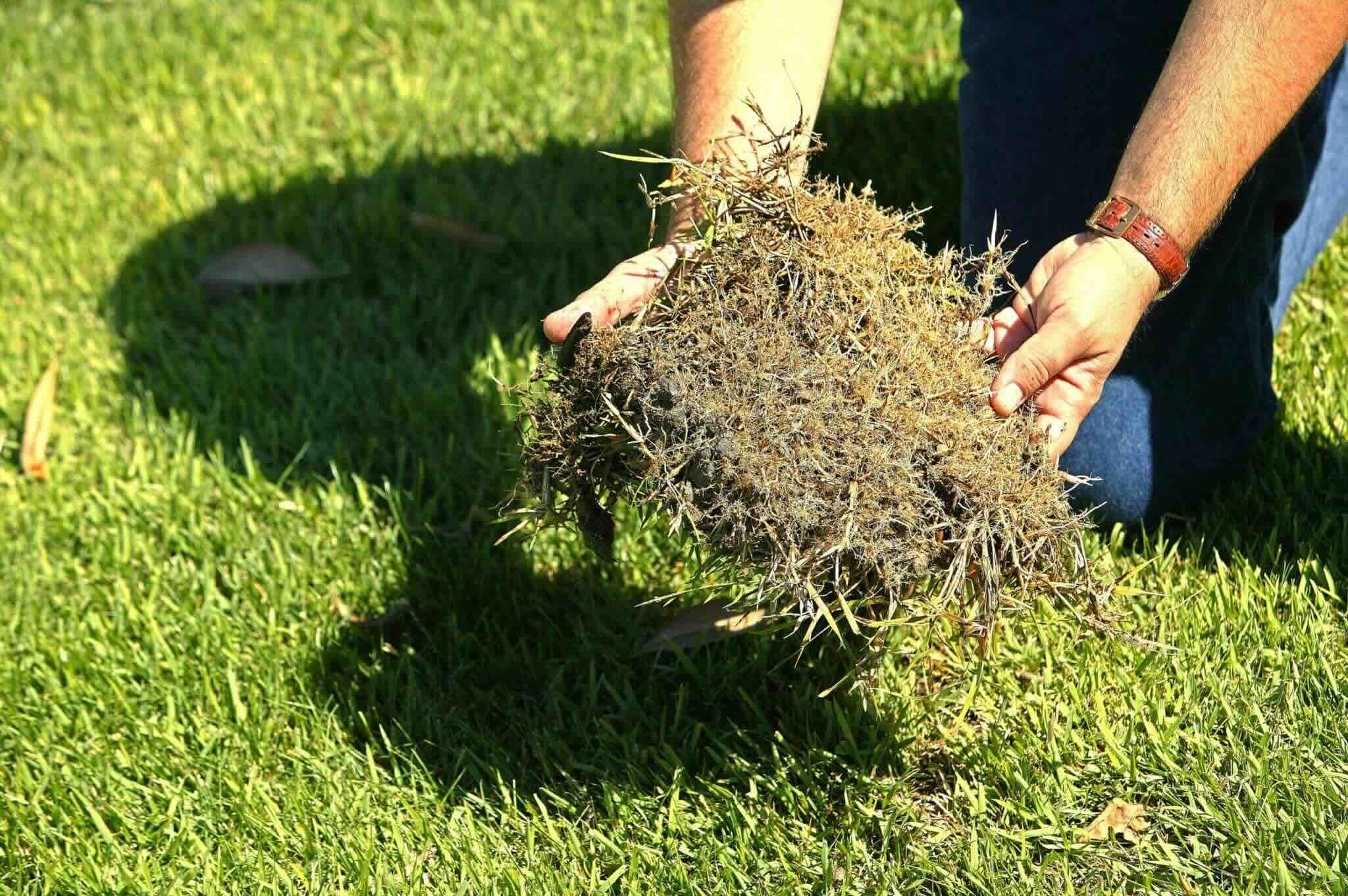
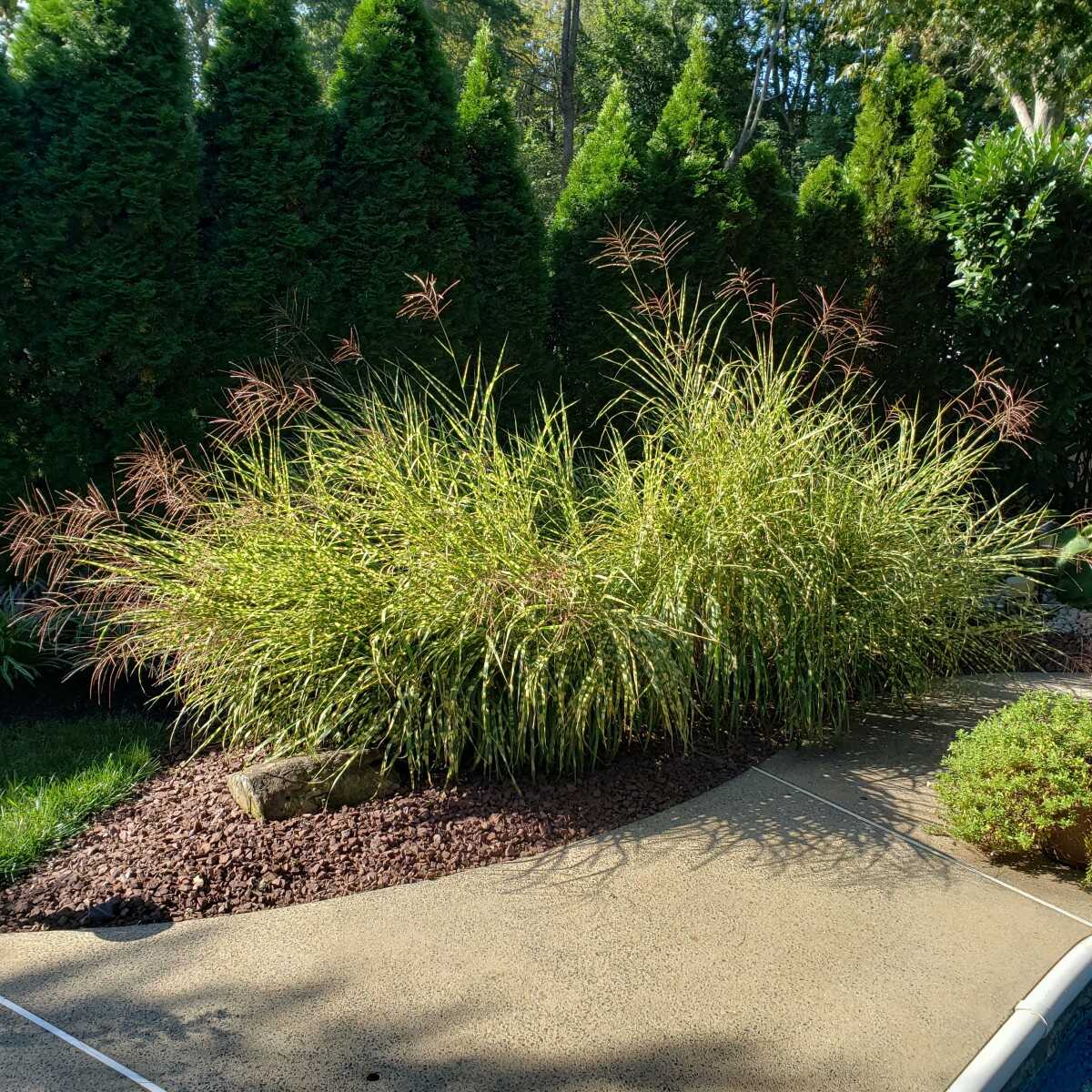
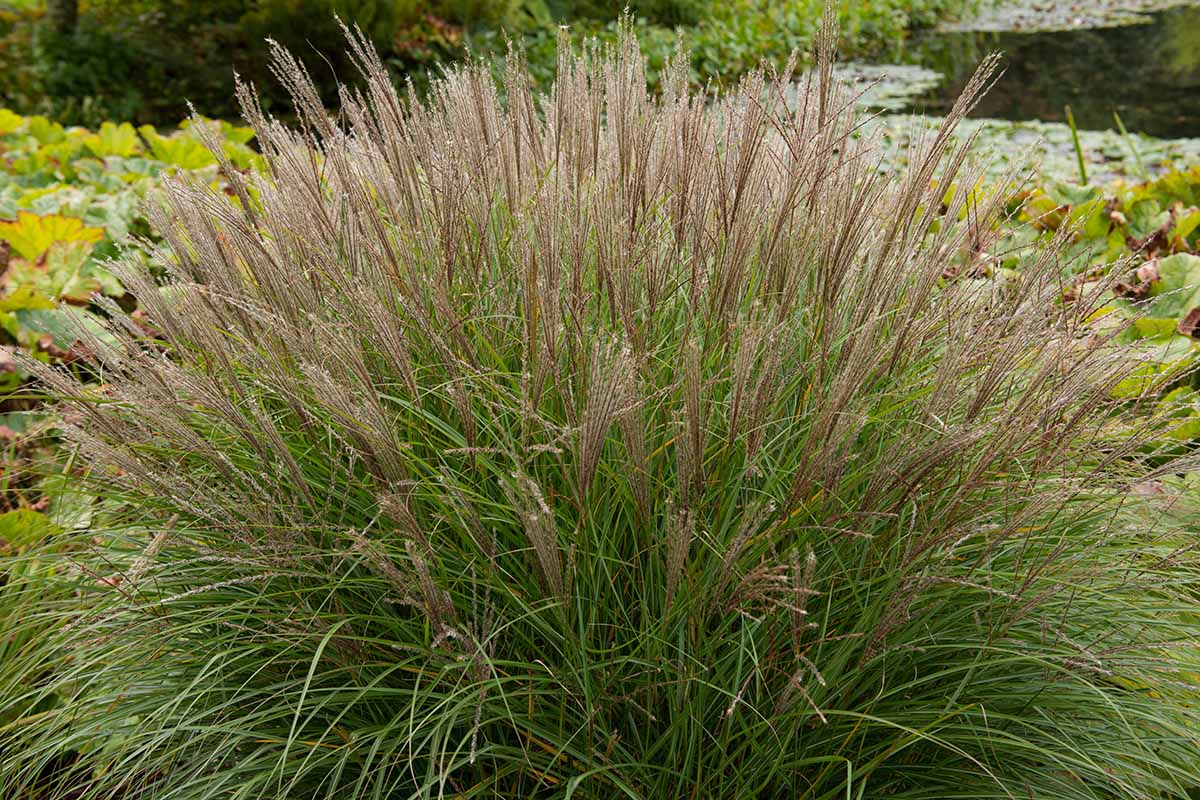
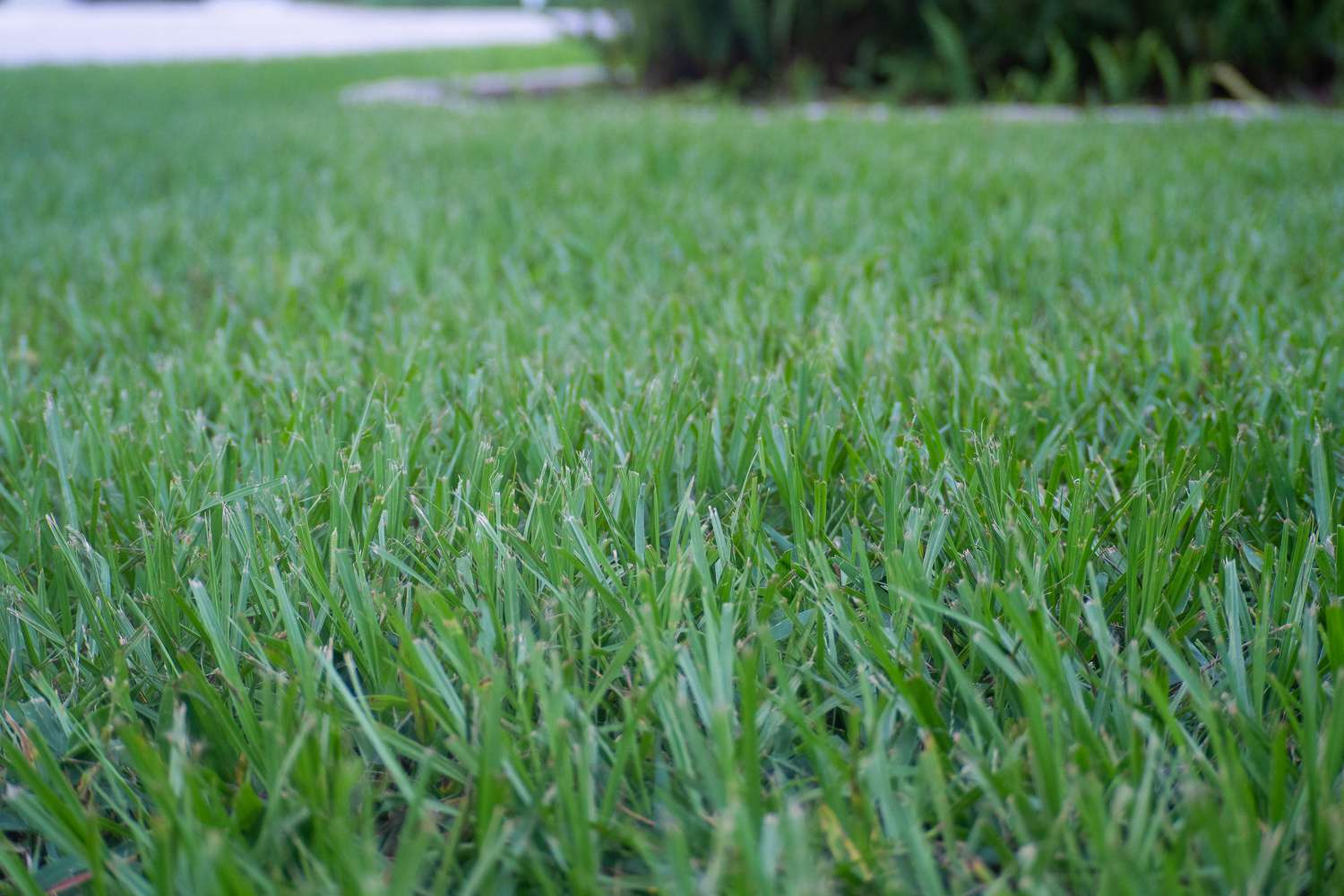
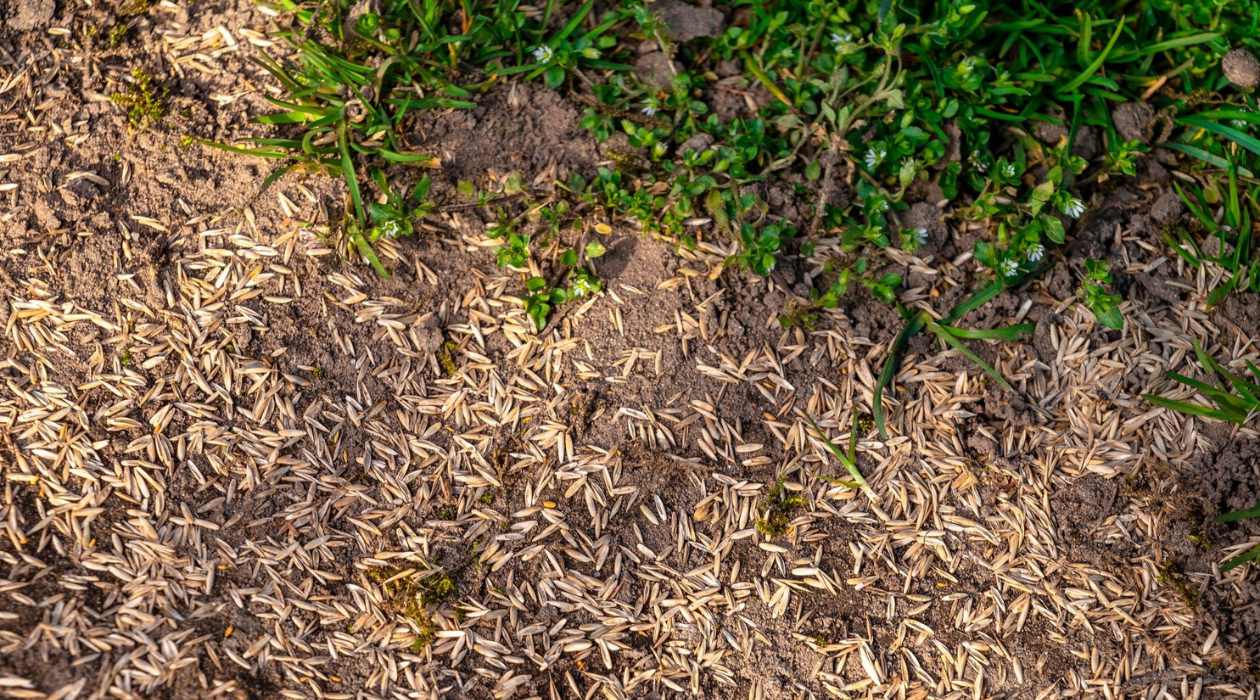
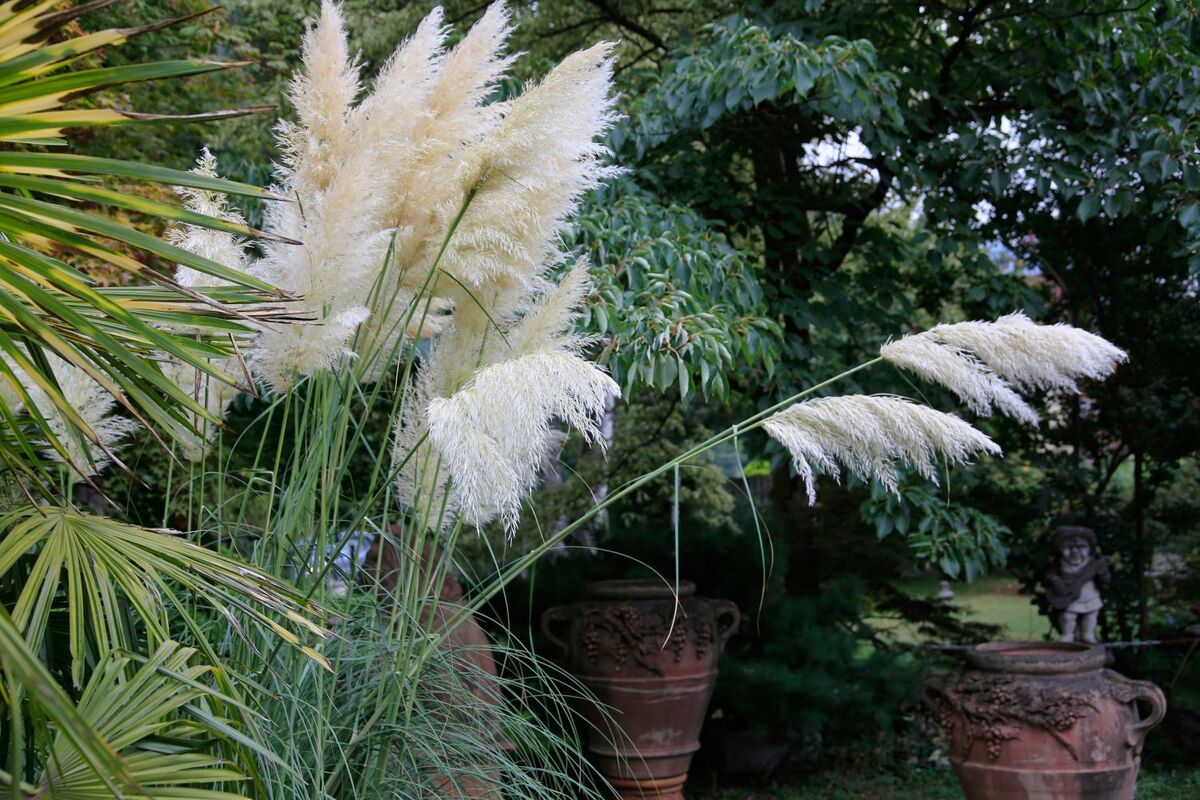
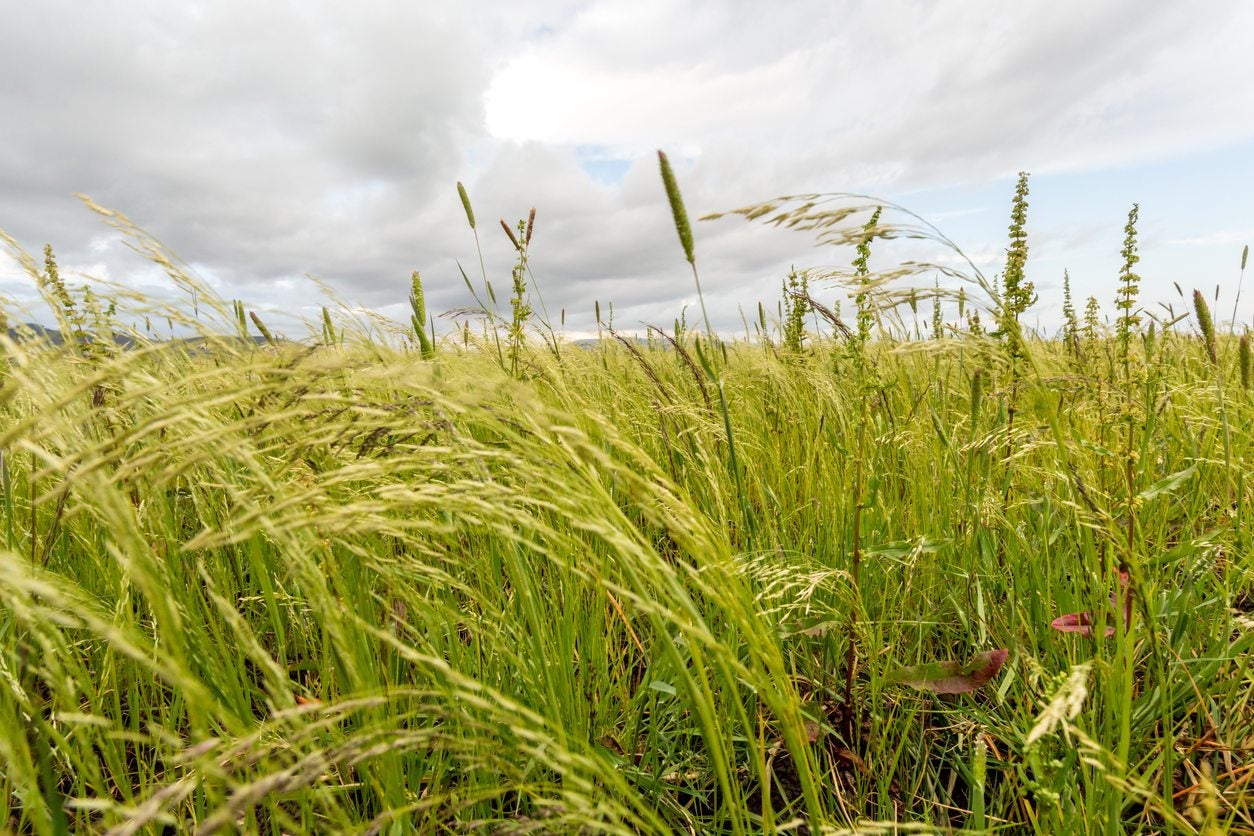

0 thoughts on “When To Plant Zoysia Grass Plugs”